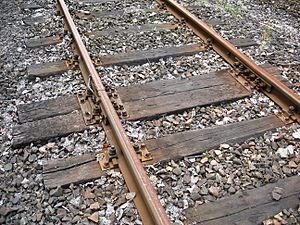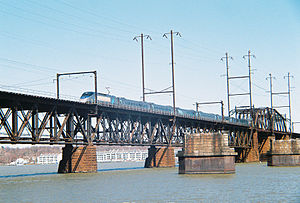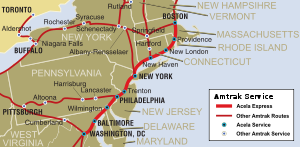The New York Times reports that federal data shows that many cities are using outdated equipment. The issue was picked up recently due to the Washington DC Metro crash that left nine dead and many more injured.
According to the NTSB, more than a third of the equipment in the seven largest transit agencies in the country is rated in marginal or poor condition. Replacing all the equipment past its expected lifespan and finishing all outstanding station rehabilitations for just those seven large systems would cost roughly $50 billion and keeping the systems in a state of good repair after that would cost an estimated $5.9 billion a year. Despite that, only $8.44 billion has been allocated by the stimulus plan for transit capital improvements.
While New York, Boston, Chicago, Philadelphia, Washington, New Jersey and San Francisco carry eighty percent of the nation’s ridership, but only receive twenty-three percent of the funding eligible for such repairs. “Do we or any other transit authority have the financial resources to get to a state of good repair overnight?†asked Jonathan R. Davis, the deputy general manager of the transit system in Boston. “Probably not.â€
Now, the question comes…are these systems safe? The answer is essentially yes. The systems are old, but essentially safe. The incidents of breakdowns and safety issues are there, but maintenance is performed. If a system is not doing the minimum at least to ensure safety, it has failed. New York, for example, our hometown, hasn’t had a fatality due to derailment or collision in over a decade. Investing in new systems to replace the old, rather than temporary fixes, would increase that safety and improve efficiency. But the money simply isn’t there.
So they do what they can. But the system must keep going.
Related articles by Zemanta
- Millions ride vulnerable cars on subways (msnbc.msn.com)
- Millions Ride To Work On Old, Vulnerable Subway Cars (huffingtonpost.com)
- Crash Puts Focus on Aging Rail Fleets (nytimes.com)
- $50bn needed to keep train system from going off the rails (gadling.com)
- Can Aging U.S. Rail System Be Saved? (abcnews.go.com)
![Reblog this post [with Zemanta]](http://img.zemanta.com/reblog_e.png?x-id=2f1f2732-39ff-4076-8262-18ec43b283e2)



